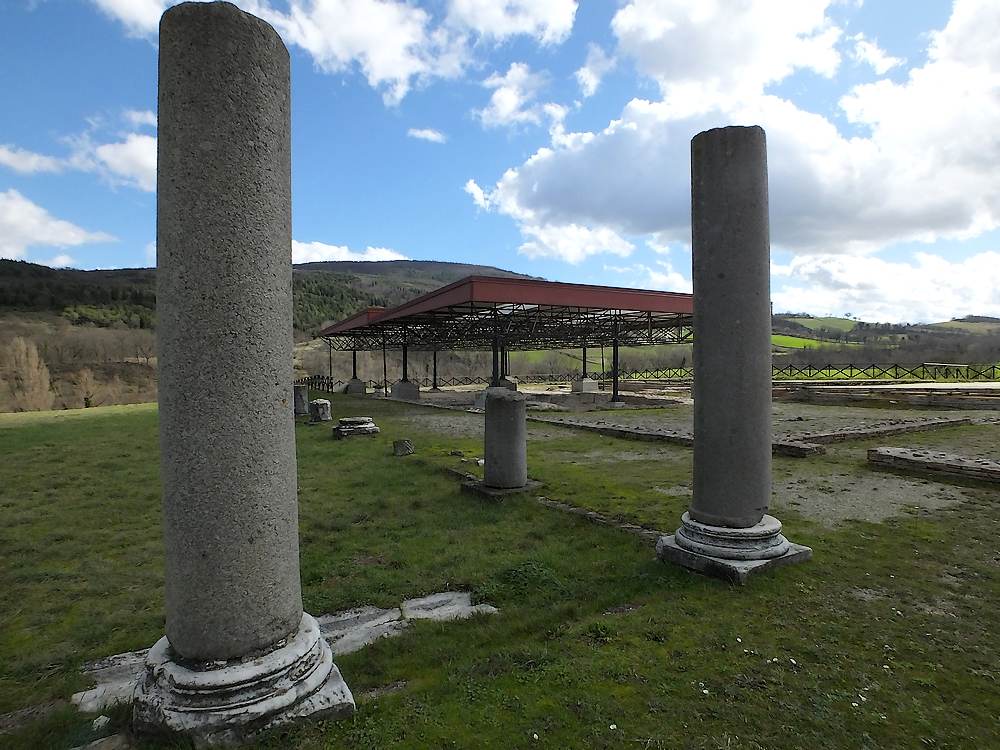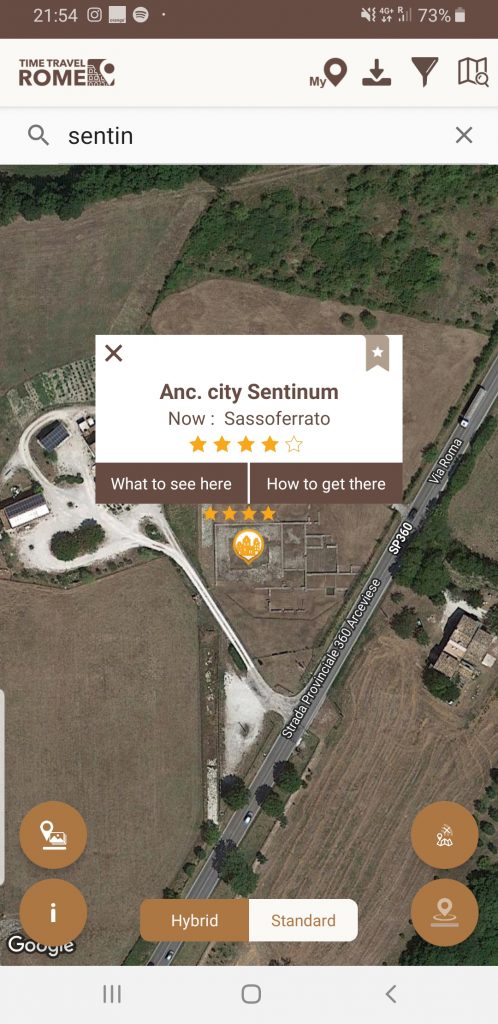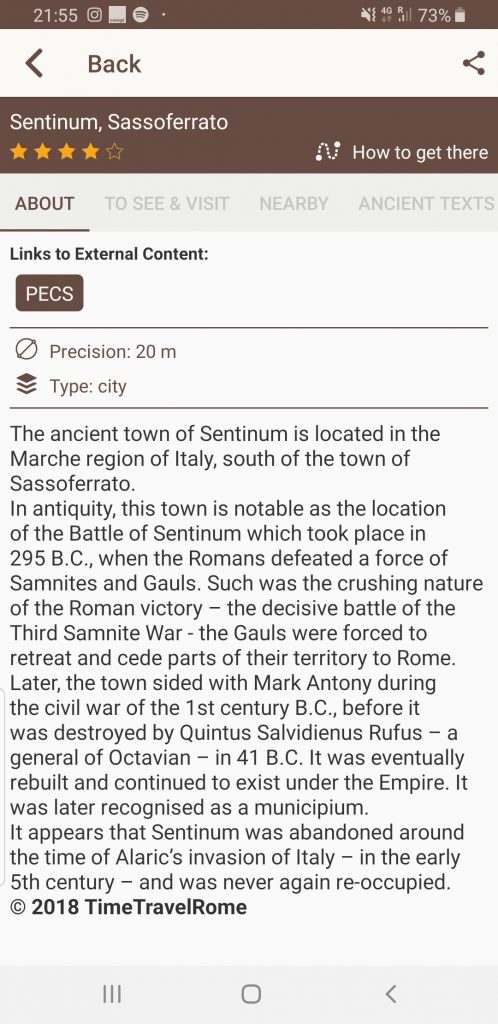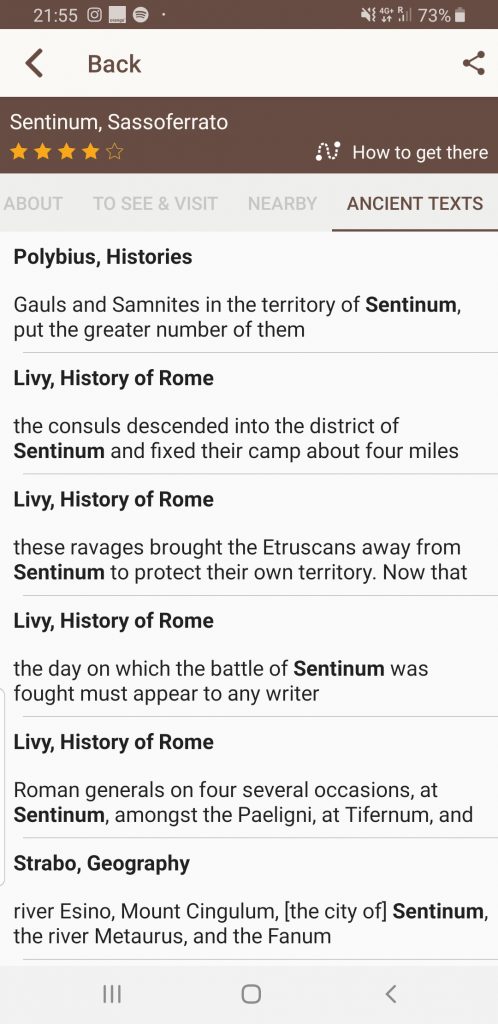An early city situated in the Marche region of Italy, Sentinum became a focal point in Rome’s wars with other Italian tribes. In 295 B.C., the Battle of Sentinum decided the outcome of the Third Samnite War and placed the city under the rule of the Roman Republic. It would remain an important city during the transition from Republic to Empire, eventually becoming a municipium. The city was abandoned in the early fifth century A.D., leaving excellent historical ruins for modern investigation.
Armies Prepare
Sentinum receives most attention in relation to the battle of the same name fought outside the city. In 295 B.C., Rome faced a coalition of Samnites, Etruscans, Umbrians, and Gauls. The allied forces far outnumbered the Romans, and consuls Quintus Fabius Maximus Rullianus and Publius Decius Mus desperately needed to divide their enemies. The general Lucius Volumnius continued his raids in Samnium, attempting to distract the Samnites and prevent them from fielding their full force against the main Roman army. Shortly before the battle, deserters from the allied armies warned Quintus Fabius that the Samnites and Gauls planned to occupy the Romans while the Etruscans and Umbrians circled around to take the Roman camp.
Fabius responded by sending legions to Clusium to raid and pillage. The strategy was successful, pulling the Etruscans and Umbrians from the region of Sentinum to protect their own lands. With only the Samnites and Gauls remaining, the two armies were much more evenly matched. Livy even conjectured that Rome would have lost the engagement and likely the war had the two allies not withdrawn. Gnaeus Fulvius managed to defeat the Etruscans, killing around 3,000 men from the cities of Perusia and Clusium. With the Etruscans and Umbrians off the battlefield and the Samnite forces divided, the two consuls were eager to engage their remaining enemies. They spent two days attempting to provoke a battle, but only succeeded in starting small skirmishes.
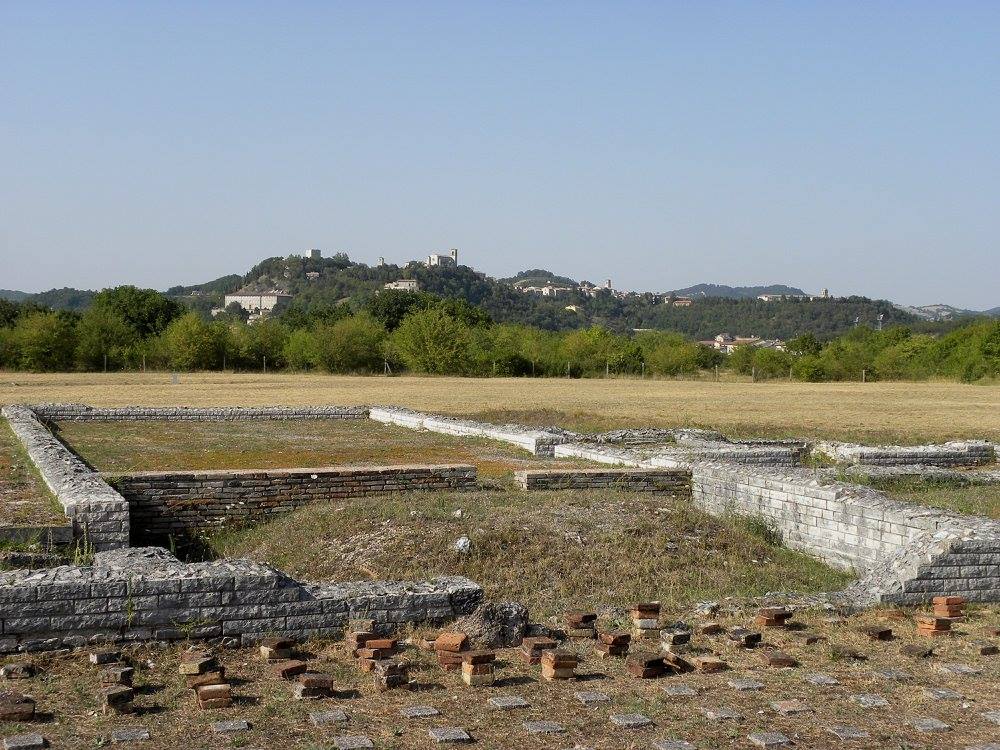
The Battle
On the third day, however, both armies took up position in the plains outside of Sentinum. Fabius, the elder of the Roman consuls, faced the Samnites, while Decius and his men stood opposite the Gauls. The battle proceeded very differently on the two sides. Fabius was familiar with the tactics of the Samnites. They preferred a quick, decisive battle, attacking furiously but having little stamina for a prolonged fight. He subsequently held his men back, fighting in a careful, defensive style designed to tire out his opponents. When he was certain that the enemy was weakening, he sent his cavalry in a vicious flanking attack. At the same time, the infantry pressed the attack from the front. The Samnites broke before the onslaught and fled the field.
Meanwhile, Decius was struggling on the opposite side of the field. Younger and more brazen, he had grown frustrated with the slow infantry battle and led a haphazard cavalry attack. Two charges went well, but on the third they pushed too far, and suddenly found themselves facing Gallic chariots for the first time. The Roman horses, frightened by the noise, panicked and ran, and the Roman cavalrymen scattered in a frantic retreat. Decius attempted to rally his men but could not convince them to rejoin the fight. Therefore, as his father had done at the Battle of Vesuvius, Decius dedicated himself as a sacrifice to the gods and threw himself into the thickest ranks of the enemy. With their commander’s noble death, the Roman soldiers’ spirits were renewed. They plunged back into the fight, just as Fabius’s victorious cavalry circled around and attacked the Gauls from the rear.
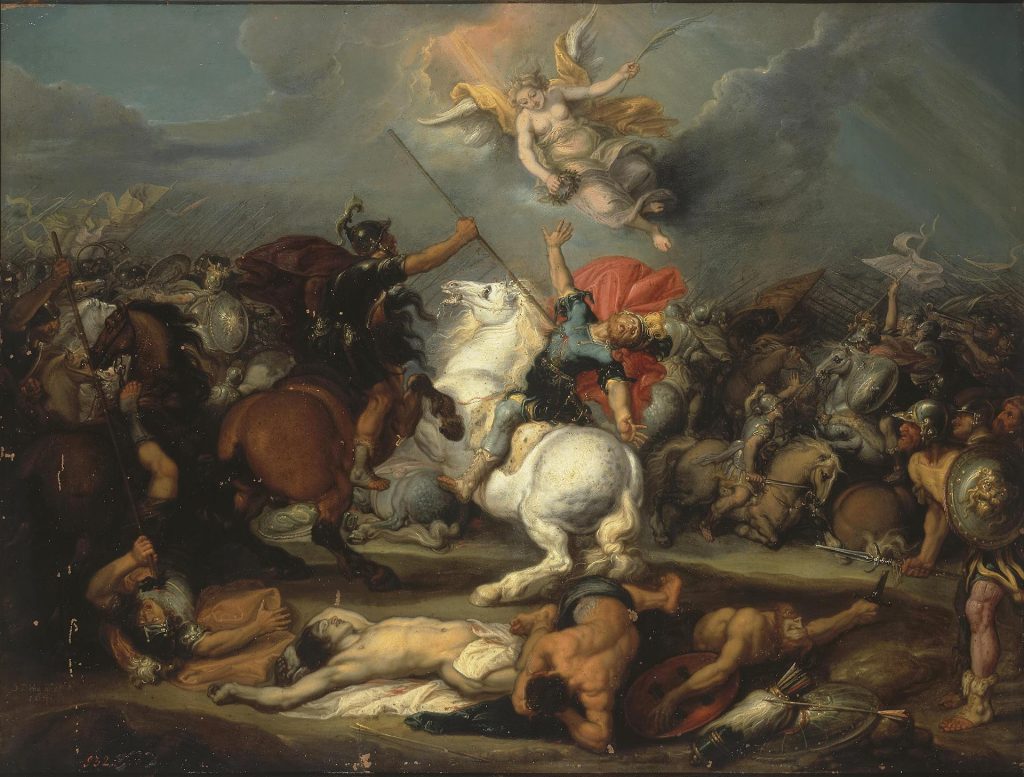
Hermitage Museum in Russia. The picture is in the public domain.
Victory and Destruction
The whole enemy line broke, fleeing back to their camp with the Romans pursuing. According to Livy, 25,000 allied soldiers died. The Romans also did not escape unscathed, but lost 8,700 men, including the young consul. Fabius sent out a party in search of Decius’s body, but he was buried beneath a pile of dead Gauls and they could not find him. Finally, on the following day, the party recovered his body. It was “brought back to camp amidst the tears of the soldiers. Fabius laid aside all other business in order to pay the last rites to his dead colleague; the obsequies were conducted with every mark of honour and the funeral oration sounded the well-deserved praises of the deceased consul.” Though the Battle of Sentinum was not the final fight of the Third Samnite War, it spelled the end of Samnite resistance.
Sentinum fell under Roman rule, and thrived for another two centuries. However, it took heavy damage in the wars that marked the end of the Republic. As the Second Triumvirate slowly fell apart, various political and military players pushed their allegiances. When Mark Antony left Italy for Egypt, Octavian slowly gained support in Rome. Antony’s wife, Fulvia, joined with her brother-in-law, Lucius Antonius, in denouncing Octavian and going to war against him. Sentinum declared for Antony and Fulvia. The city withstood a siege from Octavian, but made the mistake of chasing him as he withdrew. Octavian’s general and close personal friend, Quintus Salvidienus Rufus, swept in with his legions and captured the defenseless Sentinum. He plundered and burned the city.
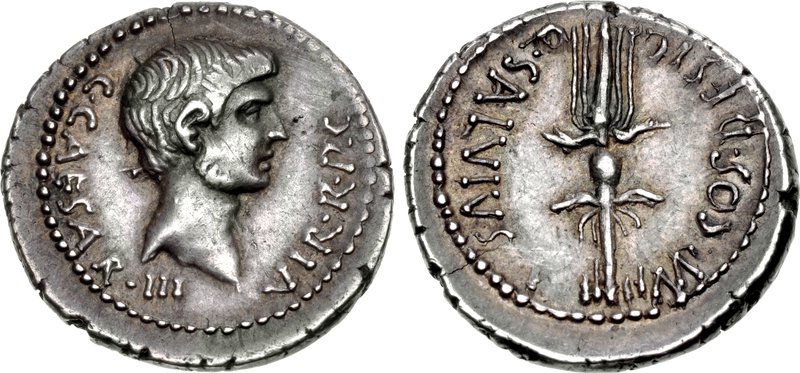
What to see there now:
The excavations undertaken at Sentinum have recovered excellent findings of the ancient city. It is now an Archaeological Park. The foundations of the municipal wall are well preserved and extensive remains of the urban centre have been identified. One of the most impressive structures is an early imperial thermae. The structure is of the standard form, including the rooms one would expect to find such as the tepidarium and the calidarium. The decorative finds excavated here are also of note. These include the mosaics from the thermae, which now reside in the Museo Nazionale delle Marche. A 2nd century A.D. mosaic of Mithra-Sol is on display in the Gypothek in Munich alongside others from this site.
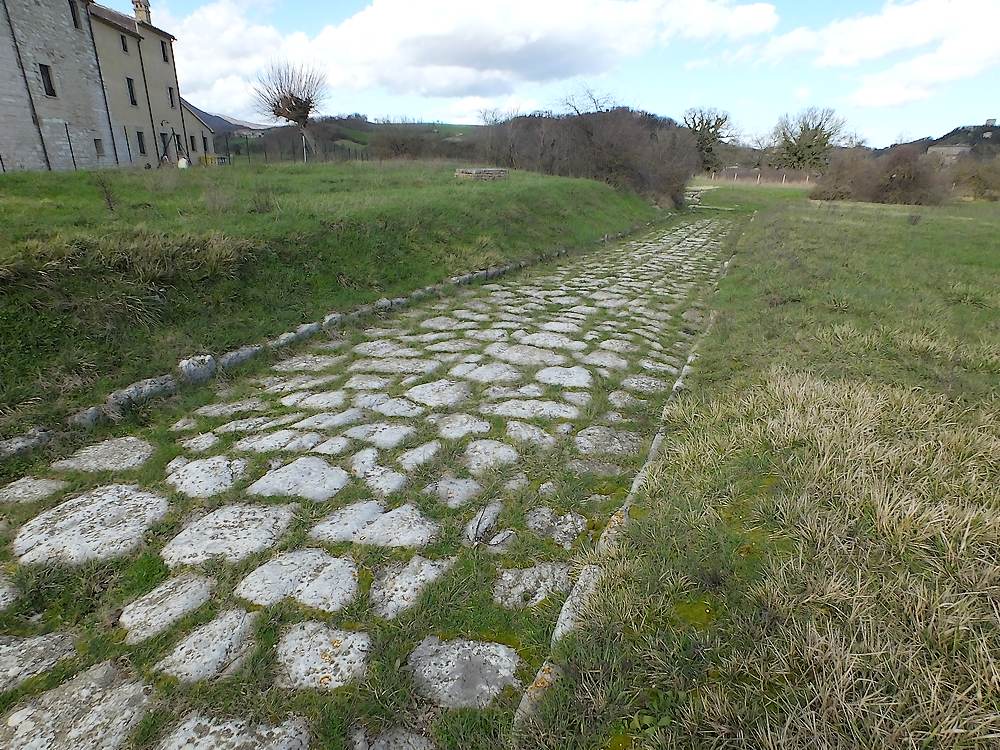
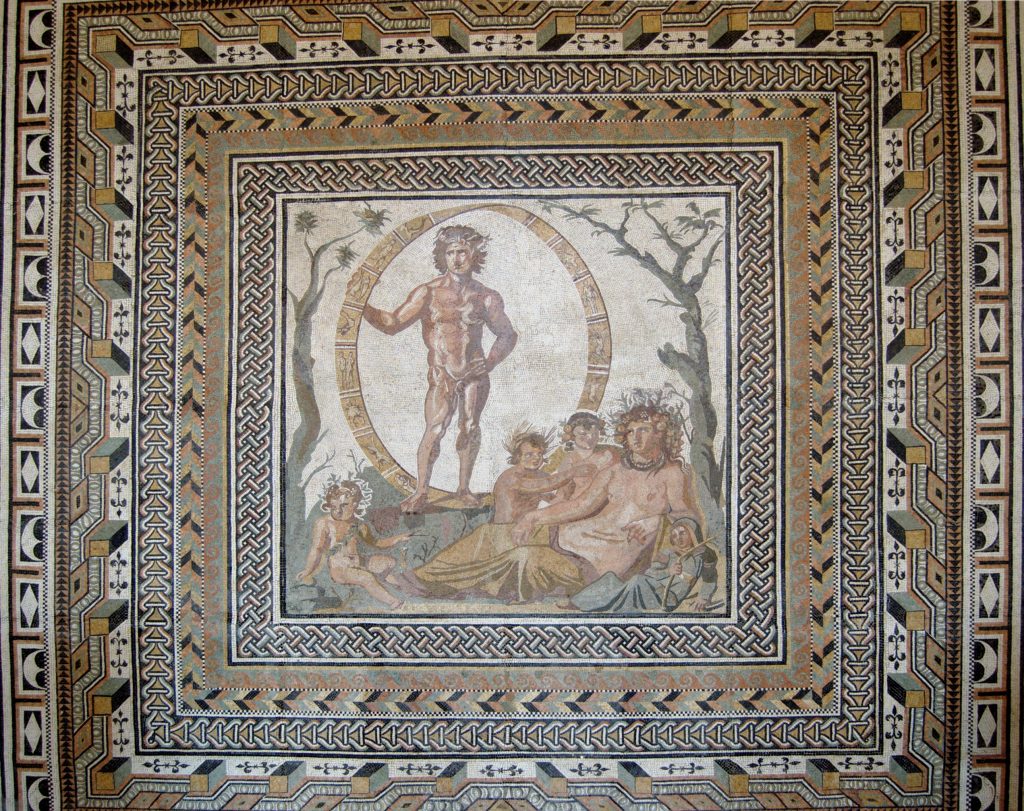
Sentinum on Timetravelrome app:
To find out more: Timetravelrome.
Sources: Appian, Civil Wars; Livy, History of Rome, Cassius Dio, Roman History; Suetonius, Lives: Augustus.
Header photo: Parco archeologico Sentinum – Sassoferrato, unattributed picture from http://www.luoghidelsilenzio.it
